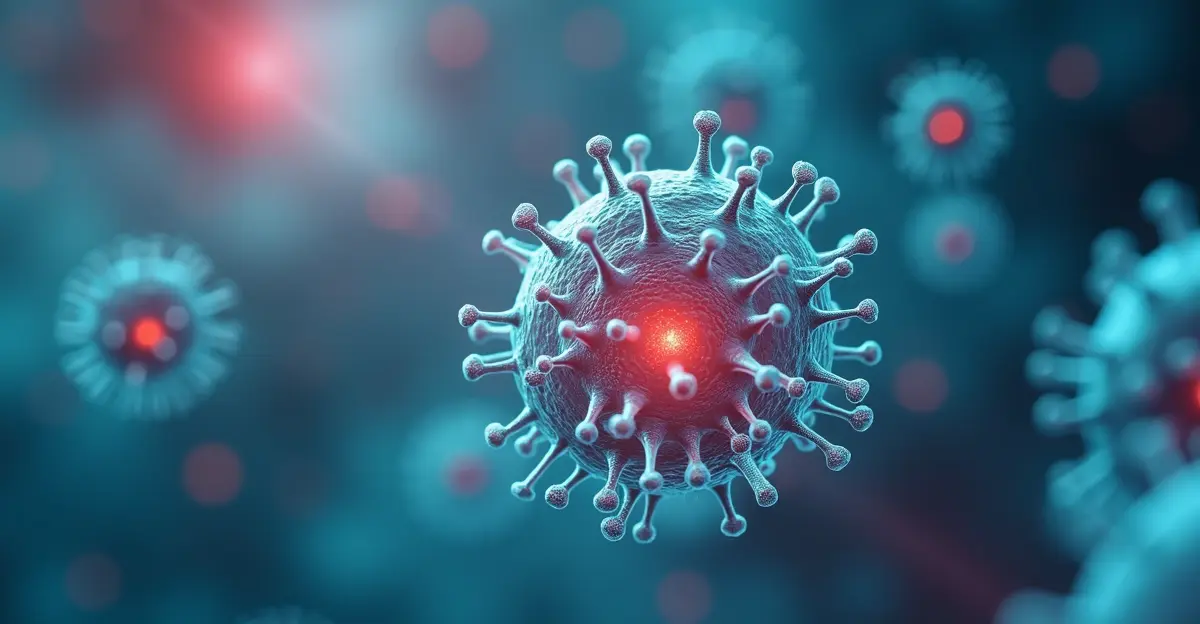Nanomedicine reaches clinical trials with microscopic drug delivery systems that target diseases precisely. Breakthroughs include lactate-responsive nanoparticles and scalable manufacturing methods, promising reduced side effects and improved treatment efficacy across multiple conditions.

Revolutionary Nanomedicine Reaches Clinical Testing Phase
After decades of research and development, microscopic drug delivery systems are finally making their way into human clinical trials, marking a significant milestone in the field of nanomedicine. These innovative approaches promise to transform how we treat diseases by delivering medications directly to affected cells while minimizing damage to healthy tissues.
The Science Behind Targeted Delivery
Nanomedicine leverages nanoparticles—particles smaller than 100 nanometers—to transport drugs precisely where they're needed. 'Traditional chemotherapy affects both cancerous and healthy cells, causing severe side effects,' explains Dr. Sarah Chen, a nanomedicine researcher at Stanford University. 'Nanoparticles can be engineered to release their payload only in specific environments, like the acidic conditions found in tumors.'
The technology builds on two main approaches: passive targeting, which exploits natural biological pathways, and active targeting, where nanoparticles are equipped with molecules that bind specifically to diseased cells. Recent advances in materials science have enabled the creation of sophisticated nanoparticles that respond to temperature, pH, or specific biomarkers.
Current Clinical Trials Showing Promise
Several groundbreaking clinical trials are currently underway in 2025. Researchers at the University of Chicago have developed silica nanoparticles with a lactate-specific switch that releases chemotherapy drugs only in tumor environments. 'Our system allows for 10-fold higher drug concentrations in tumors compared to traditional methods,' says lead researcher Dr. Michael Rodriguez. 'This could dramatically reduce side effects while improving treatment efficacy.'
Meanwhile, MIT engineers have created a scalable manufacturing method for nanoparticles that can deliver cancer drugs directly to tumors. Their microfluidic technique enables rapid production of specialized nanoparticles, making clinical trials more feasible. 'This advancement could accelerate the transition from animal studies to human trials,' notes Dr. Elena Martinez from MIT's Koch Institute.
Overcoming Translational Challenges
Despite the promise, nanomedicine faces significant hurdles in reaching patients. The DELIVER framework, introduced in Nature Nanotechnology, addresses critical barriers including poor understanding of physicochemical properties, limited tissue exposure, and biocompatibility concerns. 'Coordinated solutions across multiple domains are essential to reduce development time and clinical trial failures,' emphasizes framework co-author Dr. James Wilson.
Manufacturing consistency remains another challenge. Traditional methods often produce inconsistent batches, but new approaches like MIT's microfluidic manufacturing offer hope for standardized, high-quality production.
Future Applications Beyond Cancer
While cancer treatment remains the primary focus, nanomedicine shows potential for various conditions. Researchers are exploring applications in cardiovascular diseases, neurological disorders, and infectious diseases. The technology's ability to cross biological barriers like the blood-brain barrier opens new possibilities for treating conditions previously considered untreatable.
'We're just scratching the surface of what's possible,' says Dr. Lisa Thompson, director of the National Nanotechnology Coordination Office. 'As we better understand how to engineer these systems, we'll see applications across virtually every medical specialty.'
Regulatory and Commercial Landscape
The path to commercialization requires navigating complex regulatory frameworks. The European Technology Platform on Nanomedicine reports that over 50 nanomedicine formulations are currently on the market, with more than 400 in clinical trials. Recent approvals include innovative treatments like Onpattro for hereditary transthyretin-mediated amyloidosis.
Industry experts predict that successful clinical trials in 2025 could lead to accelerated approvals and broader adoption. 'The convergence of nanotechnology with other fields like biotechnology and artificial intelligence will drive the next wave of medical innovation,' predicts healthcare analyst David Kim.
As these clinical trials progress, they represent not just scientific achievement but hope for millions of patients worldwide who could benefit from more precise, effective, and less toxic treatments.

 Nederlands
Nederlands
 English
English
 Deutsch
Deutsch
 Français
Français
 Español
Español
 Português
Português









